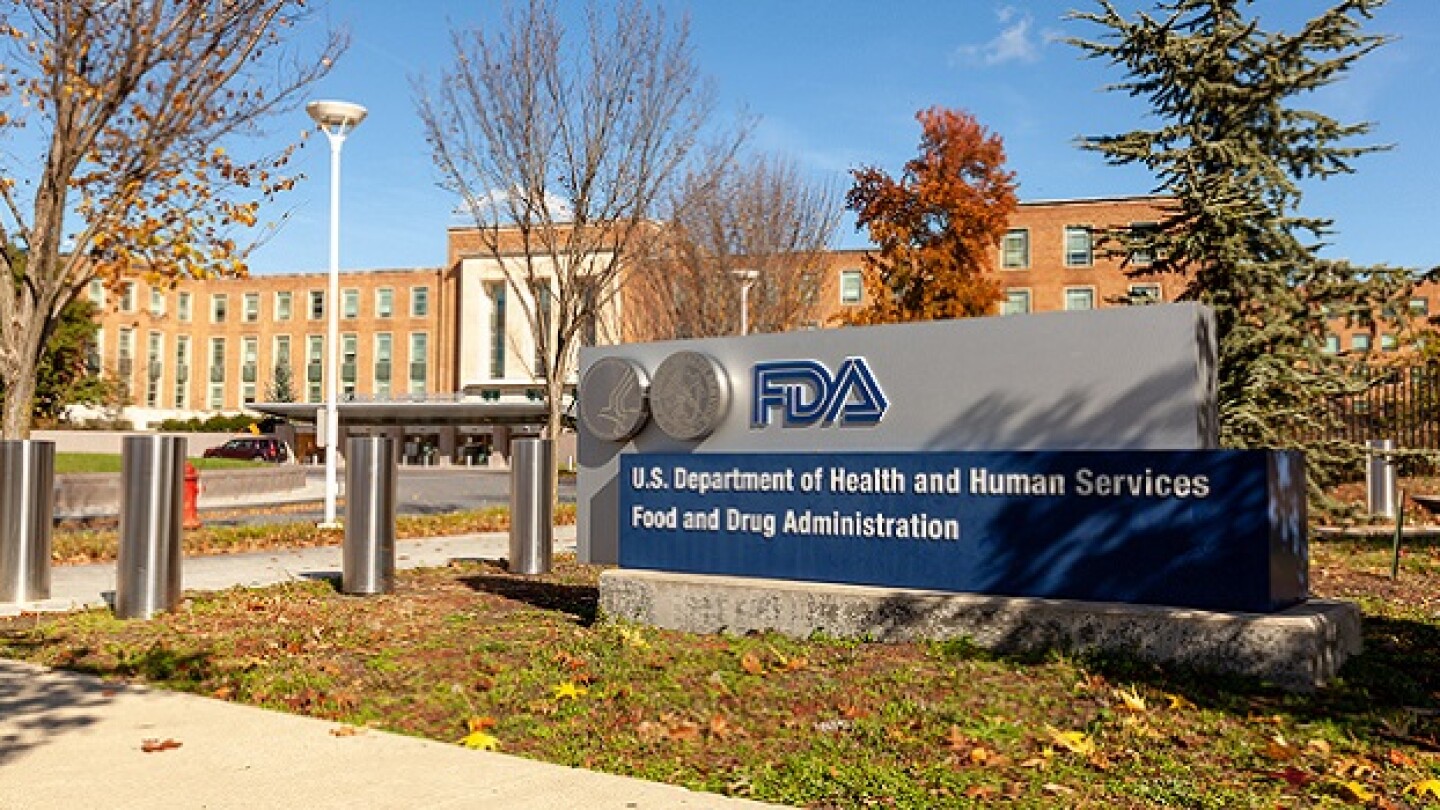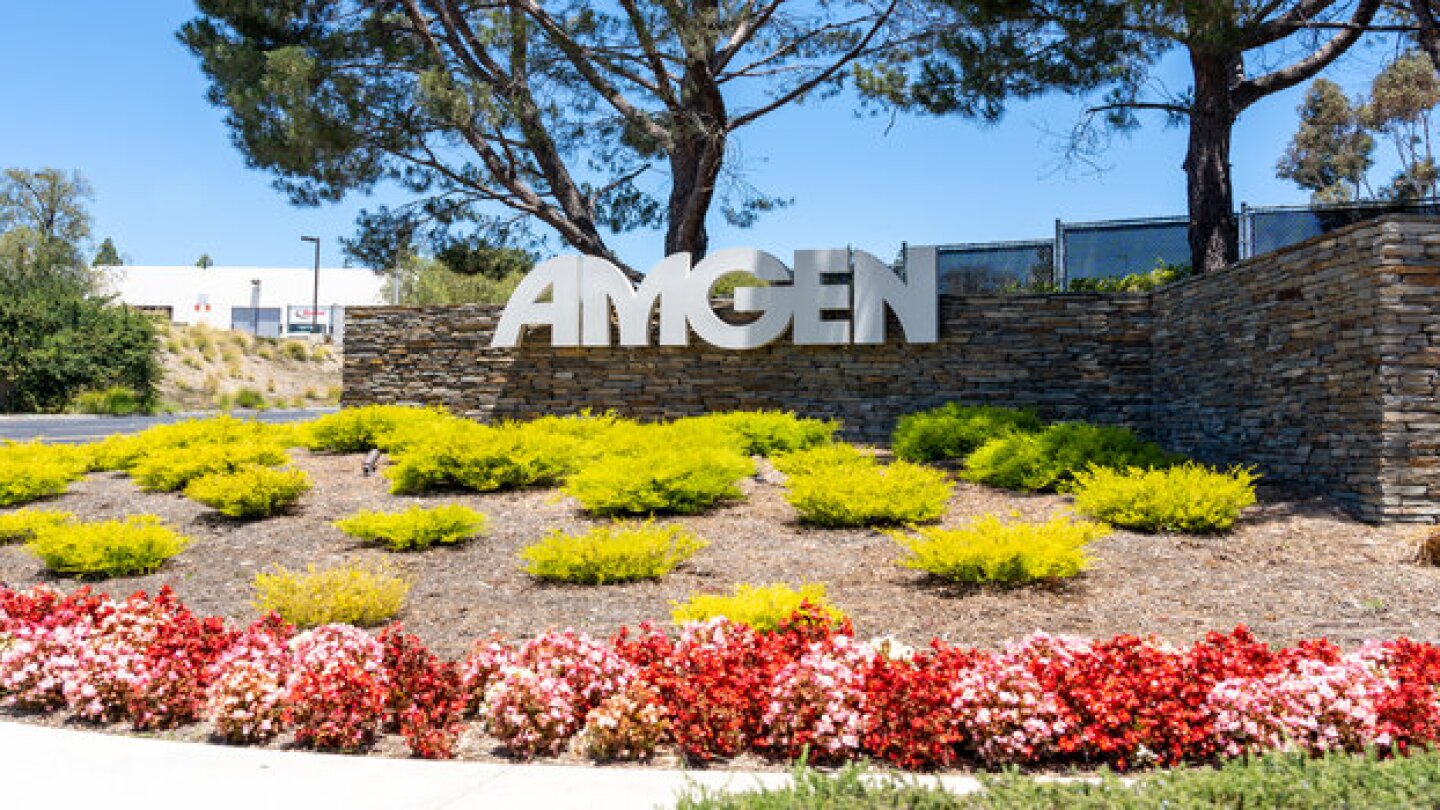Clinical research
Eli Lilly’s shares shot up 11% pre-market on Thursday after orforglipron became the first small-molecule GLP-1 drug to ace a late-stage study in type 2 diabetes, eliciting significant reductions in body weight and improvements in glucose control.
Analysts at Leerink agreed with Sanofi that, despite falling short of statistical significance in the Phase II TIDE-Asthma trial, amlitelimab warrants further development in this indication.
The raise will go toward trialing the company’s lead drug for phosphomannomutase-2 congenital disorder of glycosylation, a rare disease that affects the entire body and produces a wide range of symptoms.
According to analysts at BMO Capital Markets, non-obstructive hypertrophic cardiomyopathy would have meant a $1.3 billion label expansion opportunity for Camzyos.
In a Phase Ib trial, VERVE-102 showed it could lower bad cholesterol across doses, setting up an opt-in decision for Eli Lilly and a showdown with Novartis.
Analysts at William Blair expect drug developers will continue to perform “at least some animal testing” on their investigational products. Though the process to phase out animal testing will begin “immediately,” no specific timetable was given.
In this episode presented by DIA, BioSpace’s head of insights Lori Ellis discusses the underrepresentation of women in clinical trials with Martin Hodosi, partner at Kearney and Melissa Laitner, director of strategic initiatives at the National Academy of Medicine.
Jefferies analysts predict Annexon’s tanruprubart could be approved by mid-2026.
Leerink analysts noted, however, that Uplizna’s slow onset of therapeutic efficacy compares unfavorably to would-be competitors in generalized myasthenia gravis.
Stifel analysts said that Lexeo’s data showing reduced size and thickness of the heart’s left ventricle are “supportive of a drug effect” for the company’s gene therapy in Friedreich’s ataxia cardiomyopathy.
PRESS RELEASES










